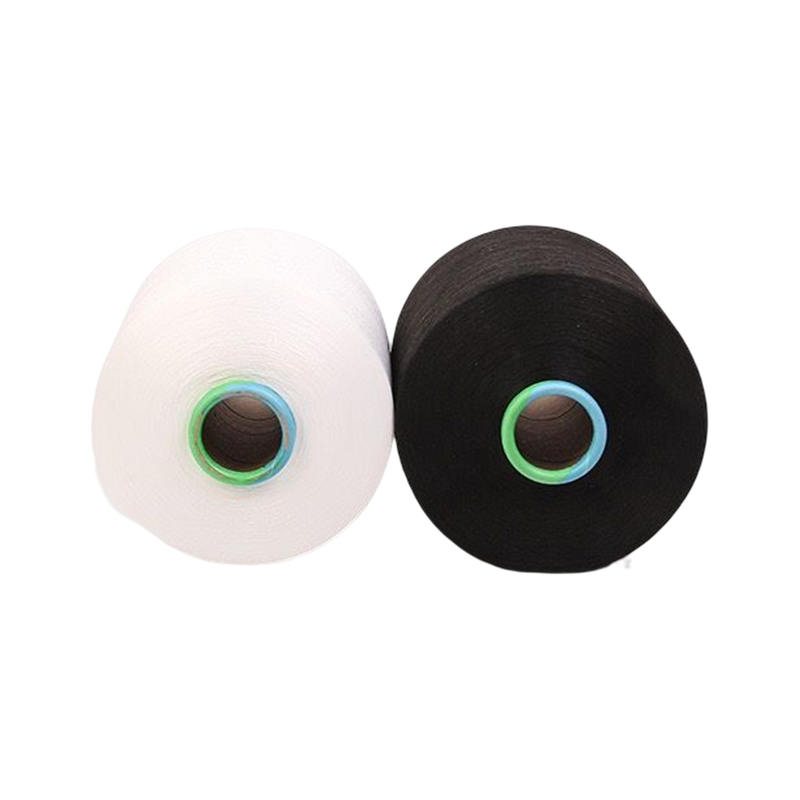Drawn Textured Yarn (DTY) is a type of polyester yarn that has been treated to create crimps, loops, or coils in its structure. DTY can be found in garments, blankets, and other textile applications, providing its distinctive look and feel in garments and blankets alike. Furthermore, its durability makes it an excellent choice both professionally as well as personally for projects of all kinds.
Drawn textured yarn is produced through texturing techniques designed to give synthetic filament yarns more natural appearances. This process includes drawing and twisting at the same time - which can be accomplished in various ways - for producing drawn textured yarn that can then be used in various apparel or non-apparel applications, including furniture upholstery.
Textured yarns are produced using partially oriented yarn that has been drawn, twisted, and thermoset in order to achieve a particular texture. Yarns may either be dull or bright depending on what effect is desired for their end use, and high intermingled or low intermingled depending on what their intended application may require.
Due to its technical features, nylon drawn textured yarn does not stick directly onto skin like other fibers do. Furthermore, its resistance to oil, abrasions and many chemicals makes it less likely to absorb moisture, keeping fabrics soft and stable. Furthermore, its extreme durability and elastic quality help it maintain its shape over time.
Nylon drawn textured yarn has exceptional stain resistance and can easily be cleaned by washing or dry cleaning, and withstand both oxidizing and reducing bleaches, solvents such as phenol meta cresol and formic acid without being adversely affected. Furthermore, nylon drawn textured yarn can withstand heat while being used in manufacturing various kinds of fabrics.
Drawn Textured Yarn quality depends upon its processes of production, such as weaving, pre-finishing, brushing, ironing and shaping before printing and dyeing for printing and dyeing, post finishing and packaging. Understanding each process's characteristics to produce optimal results while meeting customer requirements will also ensure satisfaction with final product. Quality standards should always be seen as relative terms; ultimately the goal should always be user satisfaction with any product produced.

Drawn Textured Yarn

 English
English
 Español
Español



-2.png)
-2.png)
-3.png)
